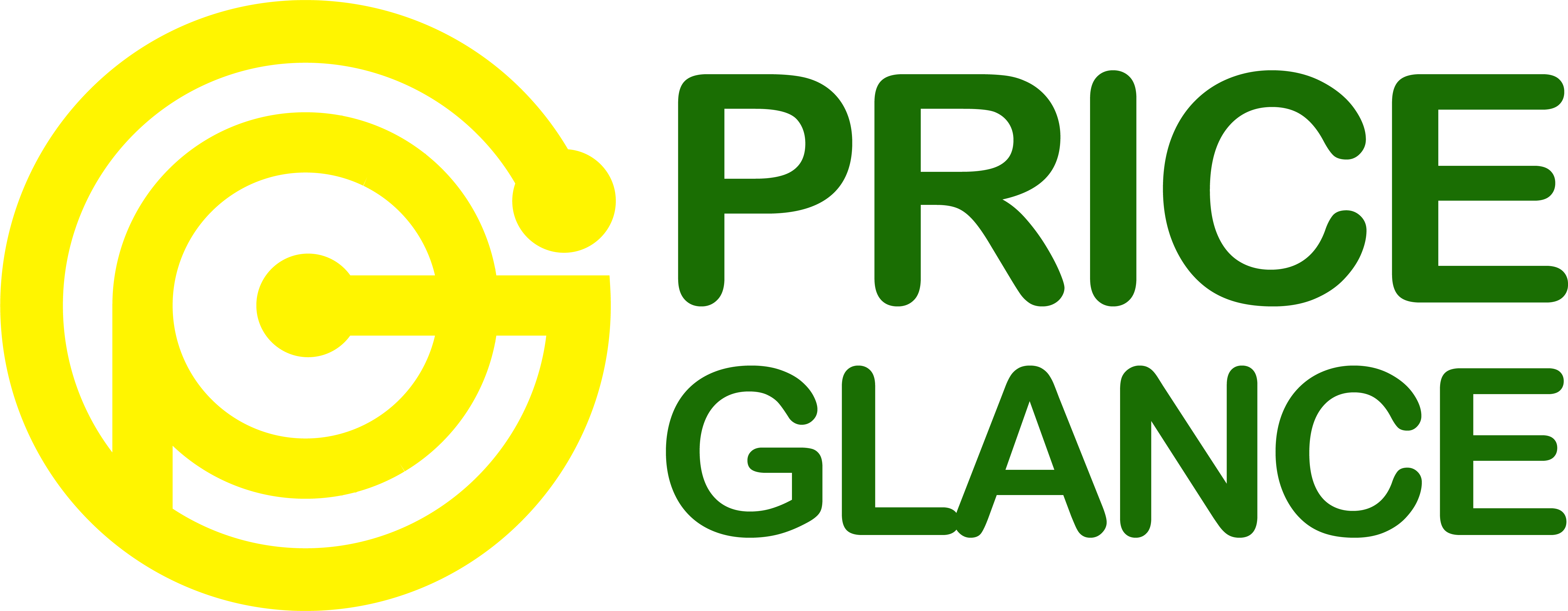
In the highly competitive world of e-commerce, pricing strategies can make or break a business. Setting prices too high risks driving customers away, while pricing too low eats into profit margins. As online retailers manage thousands of products across different categories, regions, and markets, manually determining the optimal price point becomes nearly impossible. This is where automated pricing tools come into play. These advanced tools help e-commerce businesses maximize profit margins by utilizing real-time data, market trends, and competitor analysis to dynamically adjust prices. In this article, we will discuss how automated pricing tools contribute to maximizing profit margins and why they are becoming indispensable for online retailers.
The Challenge of Managing Prices Manually
Traditionally, many e-commerce businesses have relied on manual methods to set and adjust prices. However, this process is time-consuming, inefficient, and prone to errors, especially for businesses with large and complex product inventories. Manually tracking competitor prices, understanding market demand, and factoring in inventory levels can quickly become overwhelming.
Furthermore, static or fixed pricing strategies often fail to capture opportunities to increase profits during high-demand periods or miss the chance to adjust prices when competitor prices drop. This lack of agility results in either missed sales opportunities or reduced margins. Automated pricing tools solve these challenges by providing businesses with dynamic, data-driven pricing strategies that continuously optimize for maximum profitability.
Key Ways Automated Pricing Tools Maximize Profit Margins
1. Dynamic Price Adjustments
One of the primary advantages of automated pricing tools is their ability to adjust prices dynamically in response to market conditions. These tools use sophisticated algorithms that factor in multiple variables, such as competitor prices, customer demand, and product availability, to set the optimal price for each product. Unlike manual pricing, which can take hours or even days to implement, automated systems make these adjustments in real-time.
For example, during peak shopping seasons or when demand spikes for a specific product, the tool can automatically increase prices to maximize profits. Conversely, when inventory levels are high, or demand drops, it can lower prices to stimulate sales and avoid stockpiling. This flexibility allows businesses to strike a balance between remaining competitive and protecting their profit margins.
2. Competitor Price Monitoring
Automated pricing tools continuously monitor competitors’ prices and provide retailers with insights into where they stand in the market. The ability to track competitor prices in real-time enables businesses to react quickly to pricing changes, ensuring they remain competitive without sacrificing profitability.
Rather than manually tracking competitors’ pricing, which can be both labor-intensive and incomplete, automated systems provide real-time data on pricing fluctuations. If a competitor lowers their price, the system can suggest or automatically adjust your prices to match or stay competitive. Similarly, when competitors raise their prices, the tool can recommend maintaining or increasing your price to capture additional profit while still remaining attractive to customers.
3. Optimization Based on Market Demand
Understanding market demand is critical for maximizing profits. Automated pricing tools analyze consumer behavior, purchase patterns, and broader market trends to predict future demand for products. By using this data, businesses can strategically adjust prices based on demand fluctuations.
For instance, when a product becomes highly popular or faces increased demand, the system can increase prices to capitalize on the trend without losing customers. By aligning prices with demand, businesses can maximize revenue while maintaining customer satisfaction. On the other hand, during periods of low demand, automated tools can lower prices to encourage more sales and prevent inventory build-up, preserving cash flow and minimizing losses.
4. Profit Margin Control
Many automated pricing tools allow businesses to set minimum and maximum profit margins for each product. This ensures that the system will not set prices too low or too high, even when adjusting dynamically. By defining acceptable margin thresholds, businesses can maintain a healthy profit margin while staying competitive in the market.
This margin control feature is particularly useful for businesses that sell a wide range of products with varying cost structures. For example, high-margin products might allow for greater flexibility in price adjustments, while low-margin products require more careful management to ensure profitability.

5. Personalized Pricing
Another advanced feature offered by automated pricing tools is personalized pricing based on customer segmentation and behavior. Some systems use AI to track individual customer interactions and tailor pricing strategies to specific customer segments. For example, loyal customers might receive personalized discounts, while new visitors are shown competitive prices to encourage a first-time purchase.
By offering personalized prices, businesses can increase customer loyalty, improve conversion rates, and capture more value from each customer interaction. This personalized approach further enhances profit margins by optimizing pricing strategies for specific customer groups.
Case Study: The Success of Automated Pricing for an Online Electronics Retailer
A well-known online electronics retailer faced the challenge of managing prices across thousands of products in a highly competitive market. Before implementing automated pricing tools, the company relied on manual adjustments, which led to inconsistencies in pricing and missed opportunities to maximize profits.
After adopting an automated pricing solution, the retailer saw a 20% increase in profit margins within the first six months. The tool allowed the company to respond to competitor price changes instantly, optimize prices during high-demand periods such as Black Friday, and clear out excess inventory more efficiently. By dynamically adjusting prices in real-time, the retailer was able to improve overall profitability while maintaining a competitive edge in the market.
The Long-Term Benefits of Automated Pricing Tools
In addition to immediate gains in profit margins, automated pricing tools provide long-term benefits for e-commerce businesses. These tools offer deep insights into market trends, customer behavior, and pricing strategies, allowing businesses to continuously refine and improve their approach to pricing.
Moreover, the scalability of automated pricing systems makes them suitable for businesses of all sizes, from small e-commerce startups to large multinational retailers. As businesses grow and expand their product offerings, automated pricing tools can easily scale to handle increased complexity and volume, ensuring that profitability is maximized at every stage of growth.
Automated pricing tools are revolutionizing the way e-commerce businesses manage their pricing strategies. By using real-time data, competitor analysis, and market demand insights, these tools help retailers optimize prices dynamically and maximize profit margins. As the e-commerce landscape becomes more competitive, businesses that leverage automated pricing solutions will be better positioned to achieve sustained profitability and growth.
For any e-commerce business aiming to succeed in the digital marketplace, adopting automated pricing tools is no longer optional—it’s essential for staying competitive, increasing efficiency, and maximizing profit margins.
